Surface reflects sunlight and emits heat so well that in midday heat it’s 5°C cooler than its surroundings

A surface that cools in direct sunlight without a power source has been demonstrated by US researchers. The team is now developing it with an eye to creating zero-carbon air conditioning and refrigeration that doesn’t need an electricity supply.
This is definitely a step forward
The sun radiates energy mostly in the visible and near-infrared, whereas warm objects on Earth emit mainly at mid-infrared wavelengths. The atmosphere is transparent in a specific window of the mid-infrared, so radiation from warm objects escapes through the atmosphere into the cold of space. By engineering a surface to select the wavelengths that it emits and reflects it should, therefore, be possible to allow the heat from a hot surface to escape, while at the same time preventing the sun’s energy from heating it up.
The engineering challenges are formidable, however. The sun emits vastly more radiation than warm bodies on Earth, so, to cool in the sun, a surface must transmit most radiation in the transparency window, while reflecting over 94% of sunlight. Previous attempts at radiative coolers, such as those by materials physicist Claes-Gorän Granqvist and colleagues at Chalmers University of Technology in Sweden, have achieved net cooling only at night.
Electrical engineer Aaswath Raman and colleagues at Stanford University in California designed a surface comprising seven alternating layers of silicon dioxide, which has a low refractive index, and hafnium dioxide, which has a high refractive index. Together, the two materials function as a one-dimensional photonic crystal, in which a refractive index that varies periodically blocks the transmission of some wavelengths while enhancing others. The surface was isolated within a sealed air pocket and covered with an infrared-transparent polyethylene film, minimising convection or conduction from the surrounding roof. Mounted on a roof, it stayed below air temperature all day – at the hottest point of the day its temperature was 5°C below its surroundings, while a black painted surface was 60°C above ambient temperature.
Hafnium dioxide is expensive, however, and supplies may run out in as little as 10 years. Raman says that, since becoming aware of this, the team has calculated that titanium dioxide could replace it and are now producing new designs. ‘They’re actually not very different,’ he explains.
‘This is definitely a step forward,’ says Granqvist, now at Uppsala University. ‘It is a better [surface] material than before, but just doing research and publishing it in a good journal like Nature will, I think, draw attention to a field that deserves to be more known.’ However, he says the effect will not work if the sky is overcast, and suggests the researchers’ polyethylene convection shield will be less effective in the wind. Raman says the researchers are also thinking about issues of packaging and incorporating it into a cooling module that can receive and release a specific heat load efficiently. ‘I think that will make or break the viability of this as a technology,’ he says.

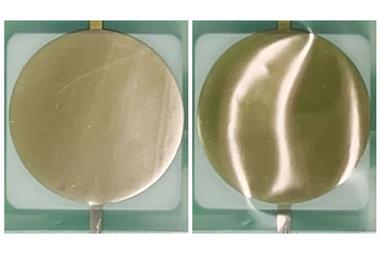
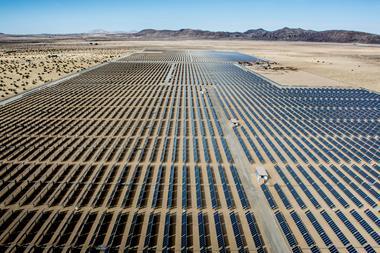
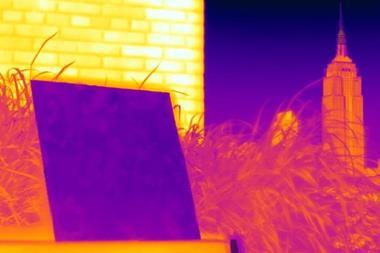
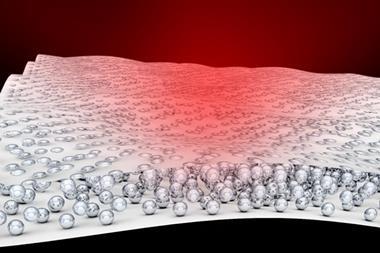
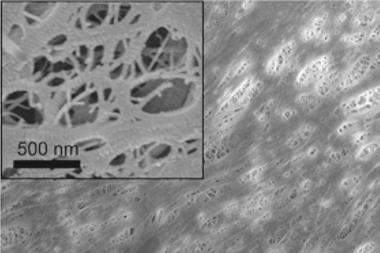






No comments yet